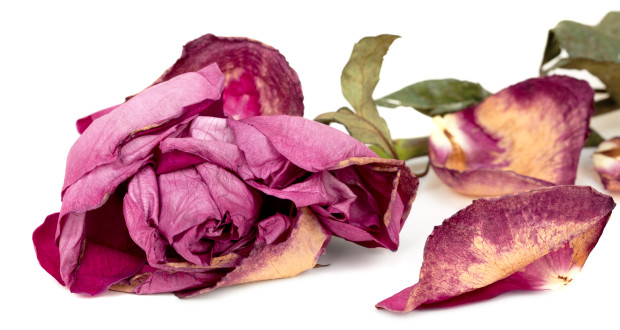By: Red Hot Mamas
Published: April 7, 2014
Vaginal dryness is a common problem that affects many women of all ages and can be caused by a number of conditions.
Many women notice vaginal dryness during the perimenopause through postmenopause years. Not all women are bothered by vaginal dryness or atrophic vaginitis. For some, however, vaginal dryness is quite bothersome causing discomfort and additional health concerns, (i.e., recurrent vaginitis, painful intercourse, and the like).
Many women are reluctant to talk to their physicians during their annual examination, but communicating with your physician is important since there are a multitude of products available.
The most common reason women have vaginal dryness is due to a decrease in estrogen levels.
Unlike hot flashes, which may get better over time, the progressive loss of estrogen through the menopause transition unfortunately tends to cause increasing problems and can eventually lead to vaginal atrophy (atrophic vaginitis).
When estrogen levels decline, there is also a decrease in vaginal lubrication and changes occur to the vaginal lining.
The vaginal lining becomes thinner, more fragile and less elastic. As a result, many women may experience vaginal irritation, burning, itching which can cause vaginal atrophy. The vagina may also become less acidic and it’s easier for bacteria to grow causing more urogenital infections.
Lack of lubrication may also make sex become more painful.
This condition is called dyspareunia. An increase in bladder infections may also occur. Low estrogen levels may affect your urinary tract which can result in urinary frequency (urge incontinence) and sometimes loss of bladder control (urinary incontinence). Appropriate treatments are available once you have identified the root of the cause.
Regular sexual activity is important as it helps maintain vaginal health. It increases blood circulation, lubrication and helps promote vaginal elasticity. So the old adage “use it or lose it” has merit. Increasing intake of phytoestrogens, a diet rich in soy foods, can maintain the vaginal lining. In addition, drinking lots of water can improve hydration. Botanical lubricants are also available and may be helpful. If sex is too painful, other treatment options may be necessary.
Treatment Options
Lubricants and Moisturizers
Over the counter estrogen-free vaginal lubricants and moisturizers are available without a prescription which may help milder cases of vaginal dryness. Short acting lubricants offer relief to dryness on the surface of the vagina and are intended for use during intimacy. Avoid using Vaseline, it seldom provides appropriate lubrication.
Long-acting lubricants and moisturizers are also available which are placed into the vagina several times a week for relief of atrophic symptoms. Moisturizers work to replenish and maintain natural moisture for days at a time. With continued use, these products may increase fluid volume and elasticity of cells lining the vagina. A pH can be restored that is compatible with a healthy vaginal environment.
Hormone Therapy
Vaginal estrogen creams are usually very effective and a variety of products are available.
Visit Red Hot Mamas Approach to Hormone Therapy for more information
 Red Hot Mamas In Charge of Change.
Red Hot Mamas In Charge of Change.




